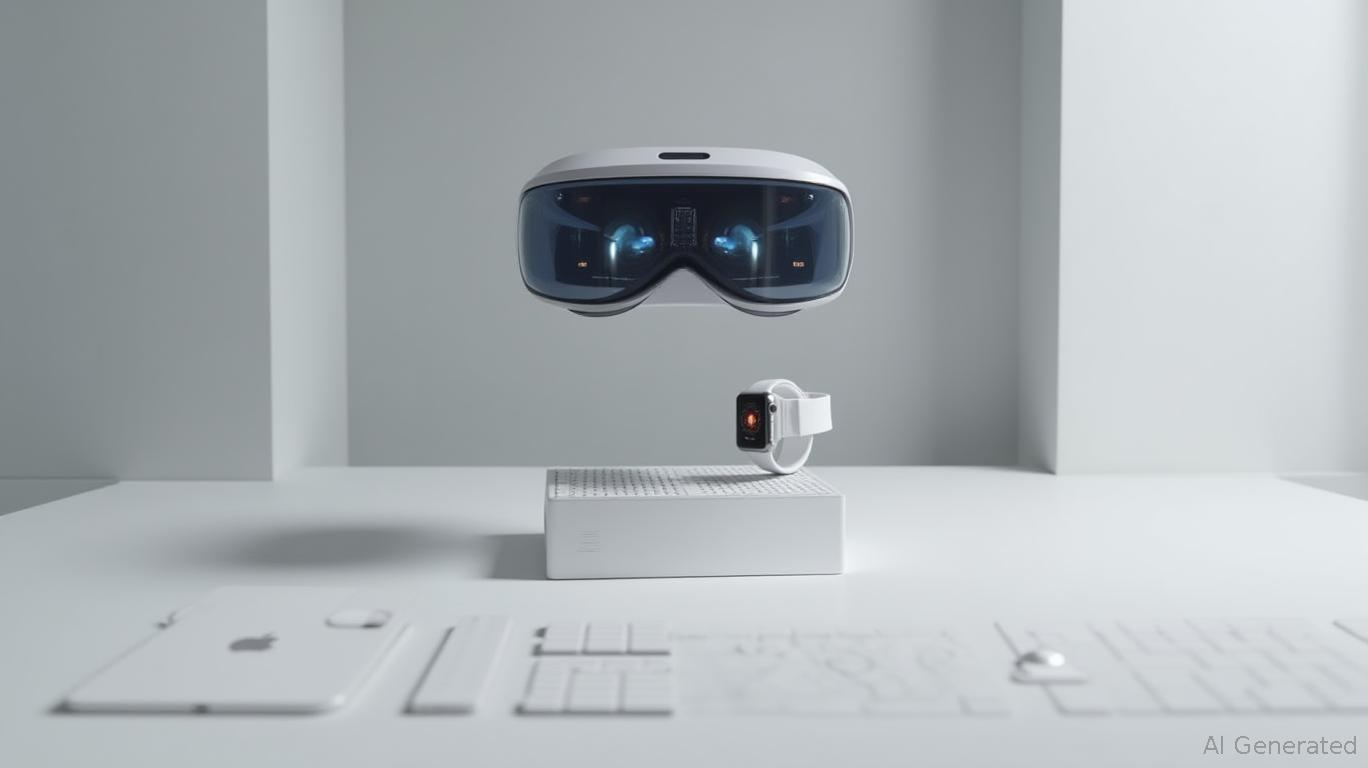WWDC25: Apple's Software Renaissance and the Hidden Risks in Its AI Play
Apple's annual developers conference, WWDC25, has unveiled a sweeping vision for its software ecosystem, blending aesthetic overhauls with incremental AI advancements. The event underscores a strategic pivot: prioritizing ecosystem cohesion and user experience while cautiously rolling out artificial intelligence features. For investors, this creates a mixed landscape of near-term catalysts and lingering risks tied to delayed innovations. Here's how to parse the opportunities and pitfalls.

Apple's shift to a (e.g., iOS 26) and its represent more than aesthetics. By unifying the look and feel of its operating systems across devices, Apple aims to deepen user attachment to its ecosystem. The translucent menus, glassy interfaces, and seamless multitasking enhancements (e.g., Stage Manager on iPhones) could spur a wave of , particularly for users of older models. The redesigned , though delayed in AI capabilities until 2026, still positions Apple as a leader in consumer health tech, leveraging its vast hardware footprint.
The announced—enabling third-party AI models like Google's Gemini—also matter. These tools could attract developers to Apple's platform, reinforcing its app store dominance. Meanwhile, the and blur the lines between Apple's product categories, making its ecosystem more versatile and sticky.
Historically, WWDC events have correlated with short-term Apple stock pops, driven by investor optimism about upcoming features. This year's software renaissance could repeat the pattern, especially as the aligns with the iPhone 17 launch, creating a dual hardware-software catalyst.
While Apple's measured AI approach avoids the hype-driven missteps of rivals, the —like advanced health analytics and Siri upgrades to 2026—could leave gaps. Competitors like (with its AI-powered Galaxy devices) and (pushing Gemini across Android) are accelerating. Apple's reluctance to prioritize flashy AI features may alienate investors who expected bolder moves, especially after the underwhelming reception of its first-gen .
The also poses risks. While rumors of a and are intriguing, Apple's habit of hyping hardware without delivering has occasionally dampened sentiment. Investors should remain cautious until these products materialize.
The real winners may lie in Apple's and . Companies like and , which host Apple's AI models, stand to gain from the surge in developer activity. Similarly, (e.g., Unity, Epic Games) could benefit as visionOS's third-party controller support and spatial computing features expand.
For investors, offers a platform to capitalize on this momentum. Its low-cost trading and access to U.S. and Hong Kong tech stocks make it ideal for positioning in cloud infrastructure names like AWS or AR/VR enablers like , which powers Apple's hardware.
Apple's software updates are a , likely boosting Q4 2025 earnings through device upgrades and ecosystem engagement. However, investors must weigh this against the , which could pressure valuations if competitors outpace Apple's progress.
: Accumulate Apple shares if its post-WWDC stock dip approaches a 10% pullback from current levels.
Sell Signal: Avoid chasing the stock if AI skepticism drags down sentiment post-earnings.
WWDC25 marks a tactical victory for Apple: it modernizes its software without overpromising on AI. Yet the delayed AI roadmap and competitive threats mean investors must remain vigilant. For now, the ecosystem's lock-in power and developer tools justify a bullish stance—but the race for AI supremacy is far from over.
Services, driven by software and app store sales, now account for ~25% of Apple's revenue. This shift highlights the importance of WWDC's software announcements as profit drivers for years to come.











